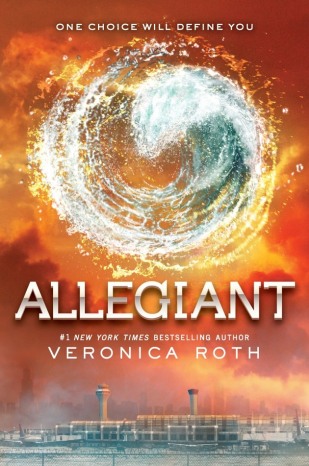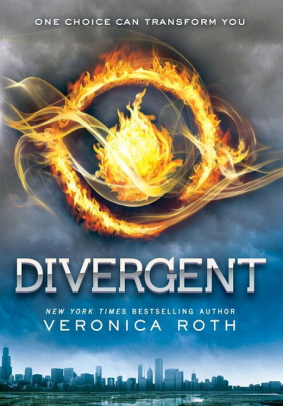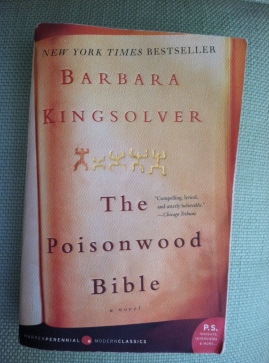 I would say that The Lion, The Witch and The Wardrobe is probably the most well known book in the Narnia series, and although it is only the second in the line up, it is also one of the most pivotal. In it we are introduced to the Pevensie children – Peter, Susan, Lucy, and Edmund, who reappear in future books, and we see more of Narnia post-creation.
I would say that The Lion, The Witch and The Wardrobe is probably the most well known book in the Narnia series, and although it is only the second in the line up, it is also one of the most pivotal. In it we are introduced to the Pevensie children – Peter, Susan, Lucy, and Edmund, who reappear in future books, and we see more of Narnia post-creation.
I feel like the plot of this book is fairly well known. Lucy finds Narnia through the wardrobe she walks into a world enchanted into an eternal winter (with no Christmas) at the hands of The White Witch. With the help of the magical creatures of Narnia and Aslan of course, the children set out to bring back spring, but of course not everything goes to plan.
I found Lucy and Edmund to be the most interesting of the children – Peter and Susan kind of take on the role of parents as the two oldest, and while Peter does have a good story arc of accepting his role of High King of Narnia, I just found Edmund and Lucy to be the most interesting.
Edmund is an interesting character because he is pegged as the “evil one” when he follows Lucy into Narnia. When he gets there he meets The White Witch, who offers him whatever he wants in the way of food and he snacks on the Turkish Delight that she gives him. (I’ve actually had Turkish Delight when I was in Turkey freshman year of college and it is pretty good. I will always connect it with this story.)
I have often thought that in a way it is easier to write bad characters than good characters – they don’t always have to play by the rules and they often have interesting motivations and back stories (not that good characters don’t but there’s just something about a villain’s back story that I am really interested in). I think C.S. Lewis does a good job with this in Edmund and the role that he plays in the book.
First off Edmund himself isn’t bad in the way that many villains are. He just comes across the villain first and falls in with her. Before Narnia he’s kind of the lost child in the line up – he always picks on Lucy and gives her a hard time and scolded by his older siblings. He isn’t as close with the rest of them as they are with each other. So when The White Witch gives him special attention, he can’t help but feel loved.
The interesting part of Edmund’s character is when he returns to The White Witch and her castle on his second trip to Narnia with his siblings. He goes back to the Witch after seeing how she took Mr. Tumnus (I love Mr. Tumnus, and James McAvoy), and hearing about the terror she inflicted on Narnia from Mr. and Mrs. Beaver (love them too!) But he still goes back after he heard about Aslan from the Beavers because the Witch promised him that he could be king over Narnia, and that he would have power over his siblings, particularly Peter.
On this reading I thought Edmund was a very well flushed out character. He was very realistic in his desires and flaws and C.S. Lewis does a good job of making him relatable. He isn’t at The White Witch’s castle for very long before he realizes that this is not what he had in mind. She turns very cruel to him, and there are no more promises of power or Turkish Delight. So while a large part of his character is striving for power and recognition above his siblings, the rest of his character is trying to get back to them after seeing the cruelty of The White Witch.
Lucy is another favorite of mine. Maybe it’s because she and Mr. Tumnus are such good pals and I want to join them for tea. Or maybe its because she is the youngest and the first one to find Narnia. The others write it all off as her being an imaginative little girl but are proven wrong when they end up in the snowy woods themselves. She is also the one that has the closest relationship to Aslan throughout the books, which I think is a really interesting detail that Lewis chose to hone in on.
I was talking about this with a friend of mine, who had also read the Narnia books recently, and it is interesting to look at the reactions of various characters throughout the series as they meet Aslan. I will be talking about this more in future posts as well but some are frightened, some are hesitant, some are doubtful, and others are relieved. When the Pevensies first hear about Aslan, Lewis writes,
At the name of Aslan each one of the children felt something jump in its inside. Edmund felt a sensation of mysterious horror. Peter felt suddenly brave and adventurous. Susan felt as if some delicious smell or some delightful strain of music had just floated by her. And Lucy got the feeling you have when you wake up in the morning and realize that it is the beginning of the holidays or the beginning of summer.
Lucy is always the one that is happiest and the most free around Aslan, and Lewis is really showing the whole concept of “child-like faith” through her. I also feel like she is the Pevensie that is focused on the most throughout the series, and she is the one that is closest to Aslan.
And now on to Aslan himself. I said that this is a pivotal book in the series because it really sets up Aslan character for the rest of the series. In the first one it is clear that he is special because he is the one that sings Narnia into existence, but in Lion, Witch, Wardrobe we see him in a relationship with those around him. And most importantly (spoiler alert) he dies. Not only does he die, but he dies for Edmund and then he comes back again. Kind of like Jesus…
I first read Lion, Witch, Wardrobe (that is going to be my name for it since it is a long title to type out) in third grade Reading, and I was so sad by the fact that Aslan died that I had forgotten he came back to life again. I also never really put it together with the Jesus metaphor because I did not read it in that context. We watched the Aslan’s death scene in class from the old movie, and I remember it being really scary. It definitely affected me, and that was without the religious connotations, which I think really is a nod to the writing and the scene itself. It is powerful. I rewatched the new version of the movie a few months ago, and I was also blown away by it then as well. I knew the plot by then of course, but it was the first time I had revisited the story since really becoming a Christian in high school, and I just had a lot of feelings about that scene in general.
First of all, Edmund left to go to the Witch’s castle after hearing about Aslan (as it said earlier, he was filled with fear). He heard about who Aslan was and he turned away. He never even met him like the others did, but he was the one that Aslan died for so that he could have a second chance and be reunited with the rest of his siblings. Also he left so that he could gain power and become king, but there was a prophesy that said he and the rest of the Pevensies were going to be kings and queens of Narnia, which turned out to be much better than what the Witch had planned for him. He is the one that goes through the most character development throughout the book, and is pivotal to the story itself.
I have a lot of feelings about the Narnia series and this book in general, and I could go on and on, but I am going to stop here and save the rest for the other posts. (I am about to finish up the 6th book.) But recommend this book to everyone no matter what their religion or age is. It’s hugely layered and is just a good read in general. It doesn’t take very long to get through, and most importantly it takes you to Narnia.




![Pageflex Persona [document: PRS0000448_00024]](https://goodbookscents.wordpress.com/wp-content/uploads/2014/02/haven-wind-copy.jpg?w=307&h=488)





